Nissan’s Qashqai can park better than a human. Take that as a challenge, if you like
Nissan’s Qashqai SUV has a unique self-parking system. But are you too proud to use it? WATCH
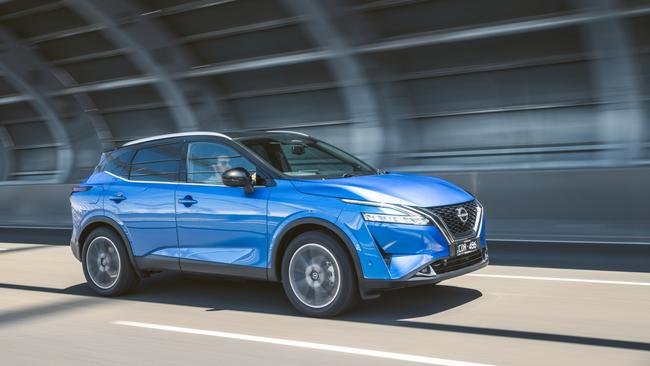
Sure, it might be a generalisation, but I’ve noticed that most men like playing with themselves – whether it’s video games, or car tinkering – so it was a stark surprise to hear a typical bloke, and a colleague no less, say that he’d rather cut off his manhood and throw it out the window than use self-parking technology in a car.
Yes, on the one hand, this did mark him out as the kind of cussing curmudgeon who is hugely anti-pronouns, but this might be a little unfair. I know plenty of women who are just as proud of their parking abilities and thus feel offended at the idea that they might need help guiding a car – particularly one as small as the new Nissan Qashqai – into a space.
The fact is that self-parking systems have been around for some time now (Lexus unveiled its original effort in 2006), although Nissan claims that its latest version is more advanced, largely because it allows you to place your car exactly where you want it on the road using buttons and cursors on the screen, thus allowing you to park it at a slightly skewed angle if you like, so it looks like a real human did the job.
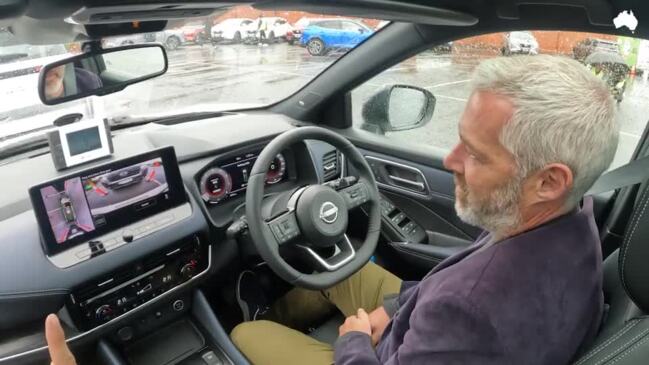
What was shocking to hear was that so many of the motoring journalists assembled at the Qashqai’s launch in Melbourne – where we were forced to try out the Intelligent Park Assist by squeezing the car into an artificially small space in ludicrously lashing rain in a car park – had never tried to use a system like it before. The general feeling seemed to be that doing so was borderline offensive – which is a strange attitude for people whose job involves writing about cars and what they can do – or that it would make them feel drained of testosterone to do so (there was just one female motoring journalist in attendance, although she might actually have been a unicorn, so rare are such sightings).
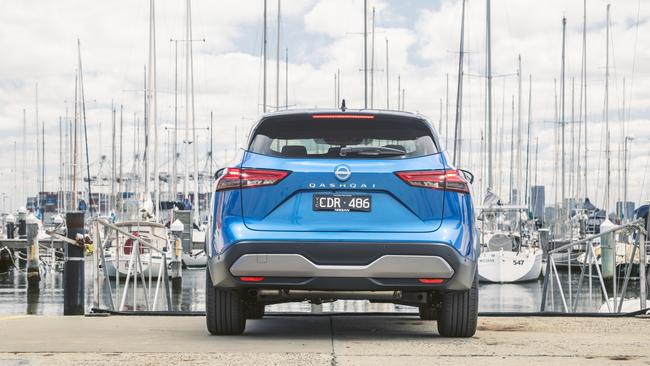
There’s no doubt that people feel very strange about reverse parking. I know some who simply refuse to do it and will drive around for as long, and as far, as it takes to find an easier option, and others who can only do it by grinding their wheels into the gutter while making faces like they’ve just sipped effluent.
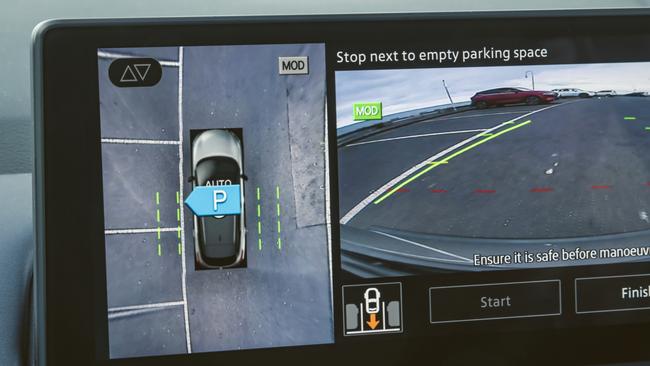
A system that allows you to park perfectly, every time, without even touching the steering wheel (you do still control throttle and brake and select Drive and Reverse when the screen tells you to) should be a winner, then, but I’d be curious to hear from people who have cars equipped with this feature about whether they actually use it. Personally, I’m too proud of my Jedi-level skills to do so.
The Qashqai – a crossover between a hatch and an SUV so popular that it was on track to be the biggest-selling car in the UK in 2022 – is packed with this kind of clever technology, such as Intelligent Automatic Emergency Braking, which can actually tell when the car in front of the one in front of you is braking and start applying the brakes sooner than perhaps you would, thus preventing multi-car pile-ups, in theory. (Again, I would prefer to use my eyes and defensive-driving mojo, but that’s just me.)
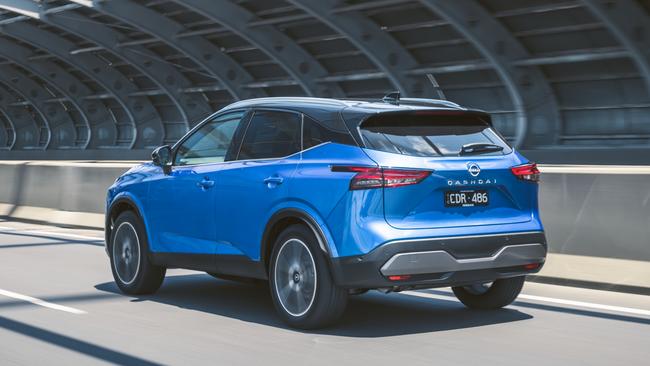
It’s also the first car in its class to offer massaging seats, at least on the higher grades (prices range from $33,890 for a base model to a hefty $47,890 for one with the lot), which also get a vast panoramic roof that really does add to the sense of space inside. Massaging seats, I’m happy to report, are the kind of thing that all journalists seem to find inoffensive to test.
Space is what this new Qashqai – which feels not far off the size of a Nissan X-Trail of old – is all about. This model is 31mm longer, 30mm taller, 29mm wider and sits on a 19mm longer wheelbase than the previous and far less physically attractive version it replaces. The larger footprint also makes it feel a little more planted while the car’s all-new platform is a claimed 48 per cent stiffer in terms of body rigidity, which not only improves ride and handling but makes it feel sportier and less roly-poly around corners.
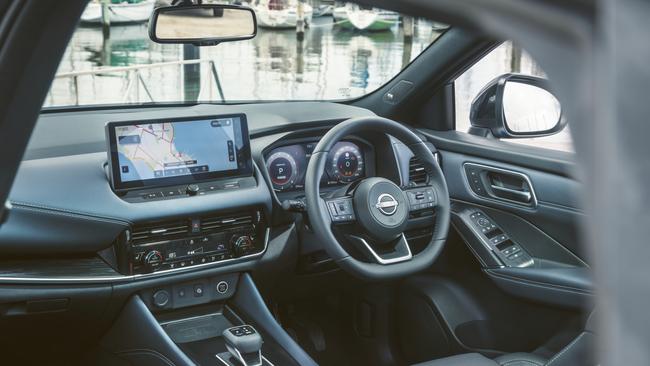
What’s even more noticeable than all that is just how much classier the Qashqai feels. Obviously this is a difficult metric to measure, but it’s all about the way the new Nissan looks and the surfaces you touch, from its more curvaceous exterior to the quality feel of the quilted leather seats (honestly, quilting is the new piano black in car interiors right now) and the heft and softness of the leather steering wheel.
The Qashqai also gets a new, smaller and more fuel-miserly engine; a 1.3-litre four cylinder that offers more power (111kW, up 4kW) and torque (250Nm, up a significant 50Nm) than the 2.0-litre version it replaces. Claimed fuel economy is now 6.1 litres per 100km, down from just over 7 litres in the previous model. It also has the only CVT transmission I’ve ever driven and not hated with furious intensity.
While it might look like an SUV, the Qashqai is not really for going off-road, as it’s only offered in front-wheel drive, and its clever parking technology will not guide you into or out of ravines or rivers. It will, however, be a good way of separating the old men from the boys.
Nissan Qashqai
ENGINE: 1.3-litre four-cylinder (111kW/250Nm)
FUEL ECONOMY: 6.1 litres per 100km
TRANSMISSION: Continuously Variable Transmission, front-wheel drive
PRICE: $33,890
RATING: ★★★½


